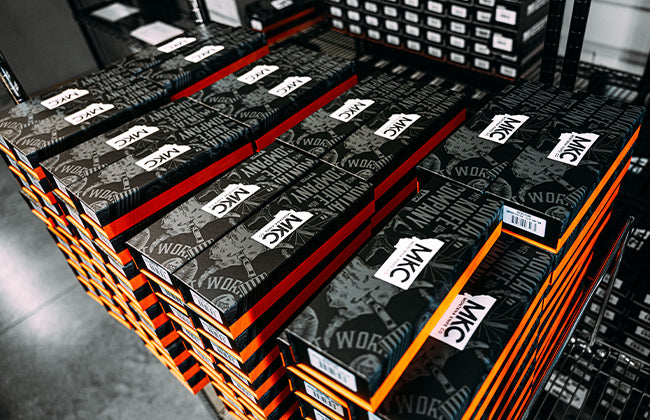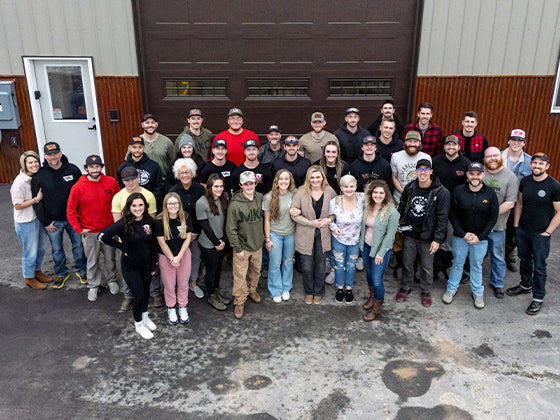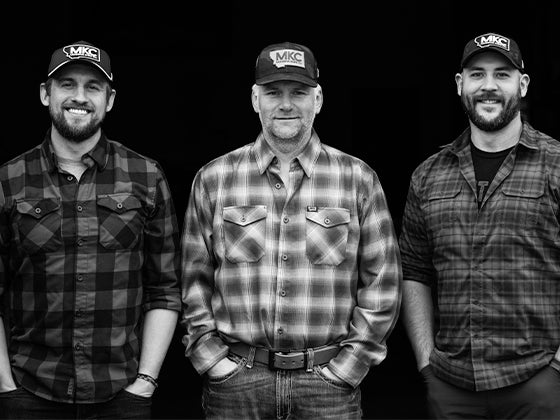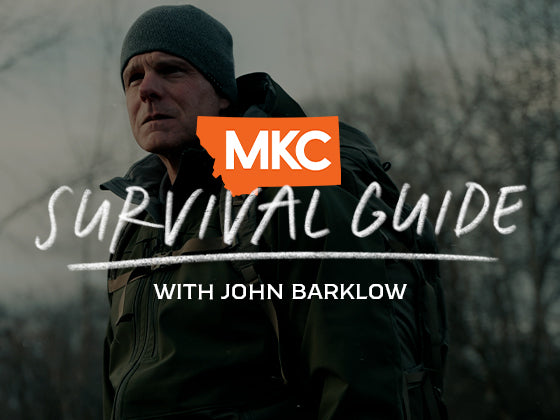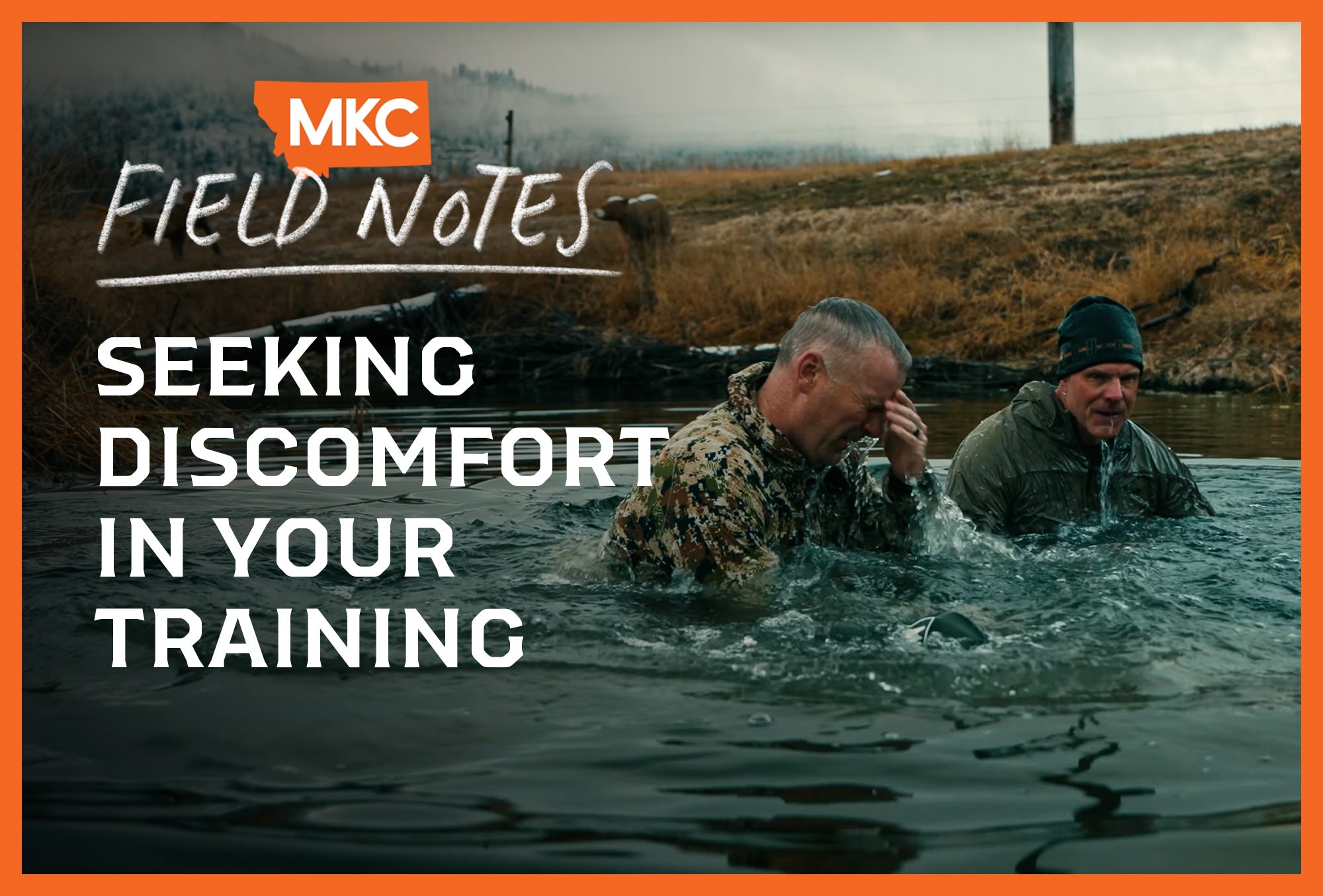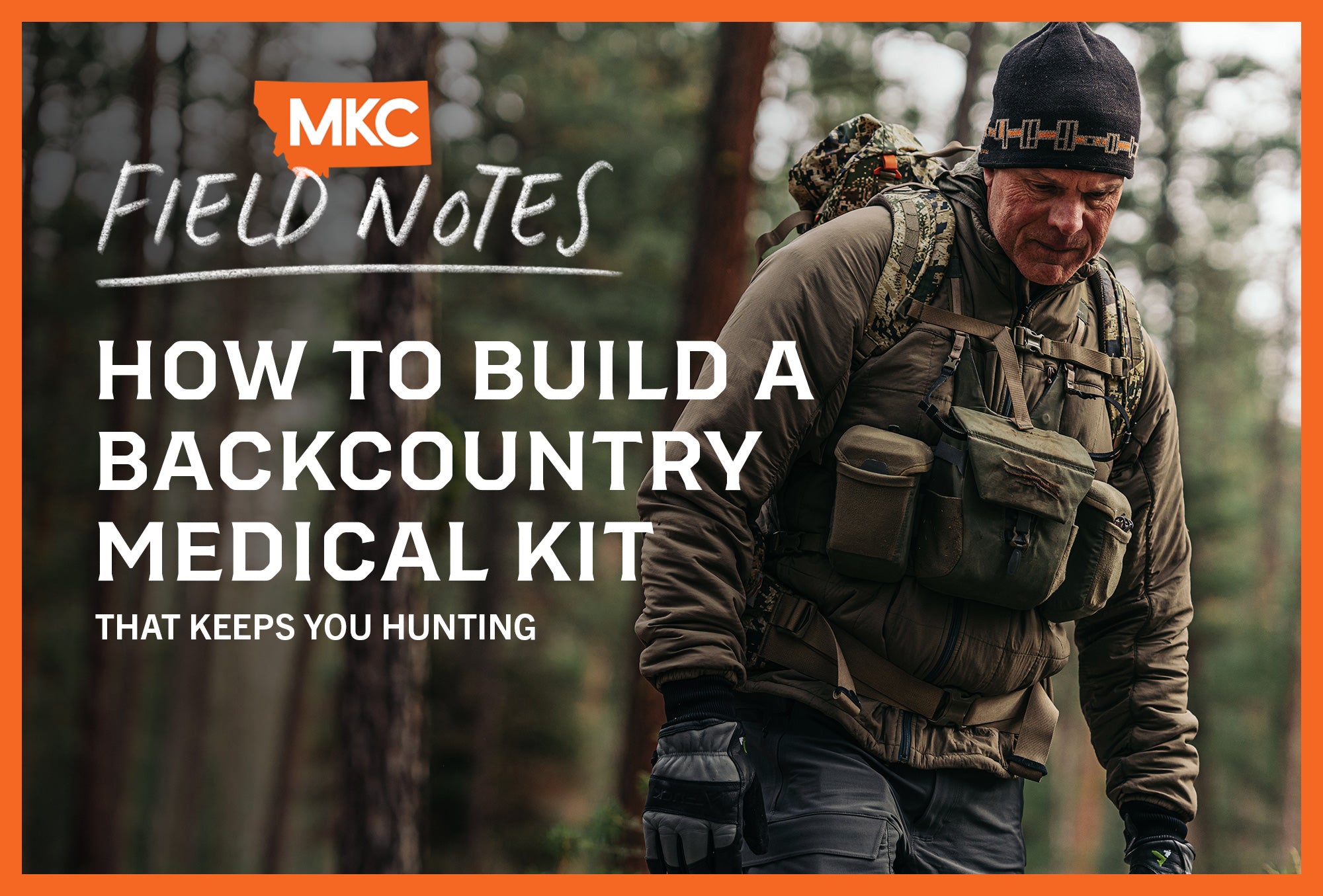Your most critical survival tool isn’t your knife or your possibles pouch. It’s your mind.
This fact becomes immediately apparent when facing sudden challenges in remote environments. At -20°F in Alaska’s back ranges or during a sudden thunderstorm at 11,000 feet, your ability to think clearly — your survival mindset — often determines whether you make it home in one piece.
Controlling Your Initial Response
In survival situations, the instinct to act immediately is often overwhelming. The adrenaline spike triggers a fight-or-flight response that clouds judgment and pushes you toward hasty decisions.
Staying calm and positive creates the mental space you need for calculated decision-making.
If you find yourself separated from your hunting party during a blizzard in the Brooks Range, the first 10 minutes can determine your fate. Rather than blindly pushing forward, perhaps stop, establish a windbreak, and methodically assess your options before developing a course of action.
Fight off any potential embarrassment, which unfortunately drives many poor wilderness decisions. I’ve seen experienced outdoorsmen take unnecessary risks because of concerns about what friends might say, potential ridicule, or social media exposure.
Learning From Field Mistakes
Years ago in Alaska, I made the poor decision to cross a rain-swollen river rather than wait until morning for water levels to drop.
My hunting partner nearly drowned because I prioritized our schedule over safety. The correct choice — setting up a temporary camp on the riverbank until dawn — would have delayed us by hours but eliminated the life-threatening risk.
Similarly, waiting under tree cover with a twisted ankle while friends locate you is often wiser than attempting a difficult self-extraction. I’ve treated several preventable injuries that occurred when an impatient person with a minor problem created a major emergency.
Active Waiting vs. Passive Victimhood
“Active waiting” distinguishes successful survivors from victims. When circumstances force a delay, productivity maintains morale and improves your situation incrementally.
For instance, if you’re sitting under that tree with a twisted ankle, consider pitching a tarp, starting a fire, or organizing your gear. These tangible improvements combat helplessness.
Celebrating Small Victories
Maintaining perspective is one element completely within your control, regardless of external circumstances.
Each small accomplishment during a survival scenario deserves recognition. These incremental wins build positive momentum and shift your psychological state from victim to problem-solver.
When I was weather-bound for three days in a hastily constructed snow shelter, tracking each improvement — better ventilation, expanded sleeping platform, more efficient fire maintenance — provided measurable progress despite the consistent external conditions.
Reframing negative situations reveals their hidden value:
- That unexpected night spent in a mountain saddle is a valuable experience you’ll tell your grandchildren about.
- The navigation error that cost you half a day is a lesson that’ll improve your decision-making.
- The improvised shelter built during an unexpected storm is a technique you’ll refine and teach others.
These practical mental frameworks help you generate solutions rather than fixate on problems.
Training Creates Mental Resilience
In survival situations, we don’t rise to our expectations. We fall to the level of our training. This becomes painfully apparent when observing how different people react to the same emergency scenario based on their preparation.
Persistent, realistic training builds technical skills and psychological confidence. At -15°F with darkness approaching, the person who practiced fire-starting in adverse conditions 20 times approaches the task methodically. The inexperienced person, on the other hand, cycles through panic and frustration.
This mental resilience often determines success or failure in backcountry emergencies more than any piece of gear or specific technique.

Building Your Survival Mindset
Building a strong survival mindset takes practice and repetition:
- Simulate emergencies during favorable conditions before encountering them in crisis.
- Practice technical skills until they become automatic responses.
- Train with realistic constraints and environmental challenges.
- Analyze and learn from near-misses and minor emergencies.
- Study others’ experiences to expand your mental playbook.
The mental side of survival deserves as much attention as physical skills and gear. Your mind processes information, makes decisions, and controls your actions, making it your most critical survival tool.
Survival situations don’t create character; they reveal it. The mental frameworks you develop through training and practice will emerge automatically when you need them most. Invest accordingly.

by John Barklow, Special Operations Survival Instructor and a valued partner of MKC























